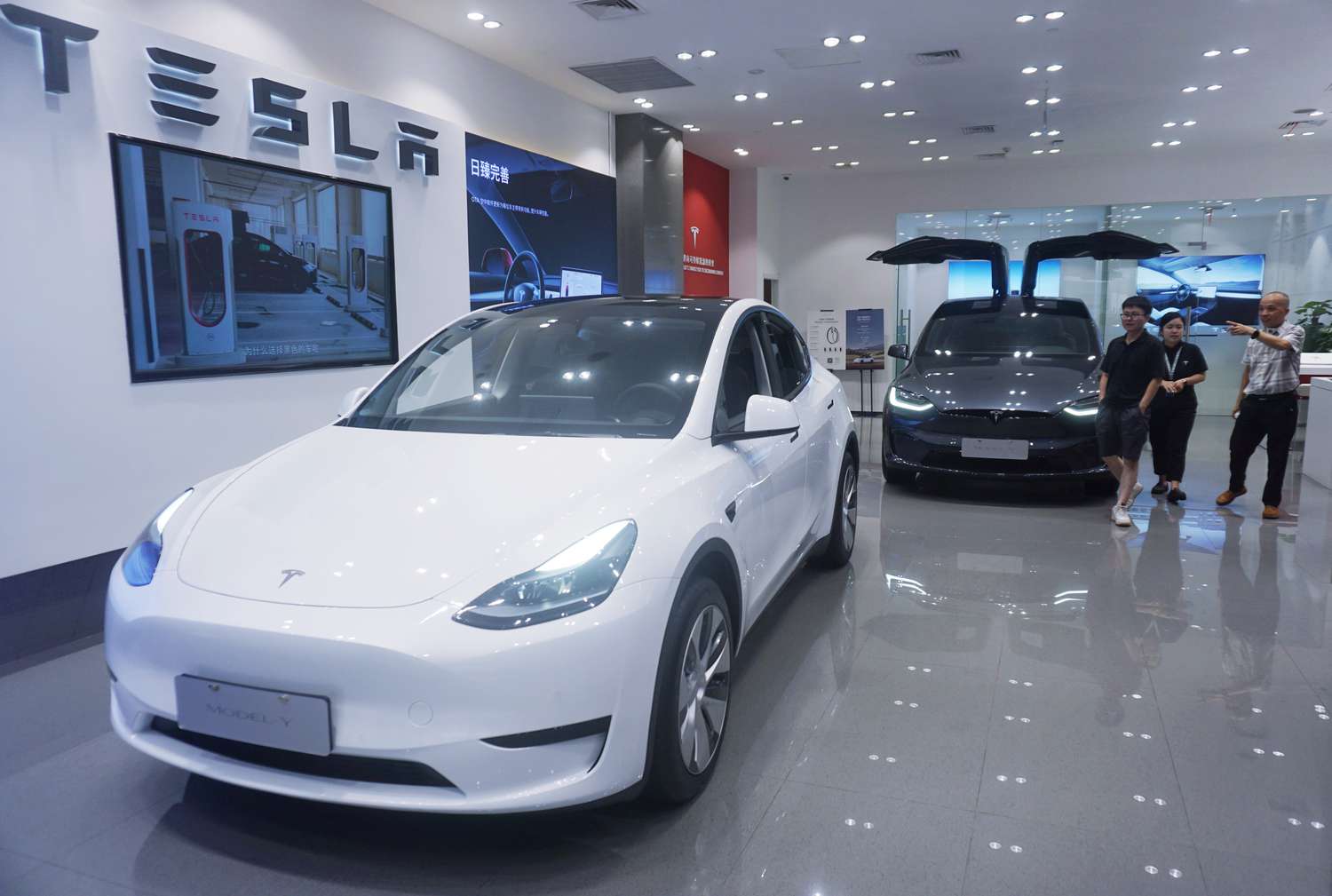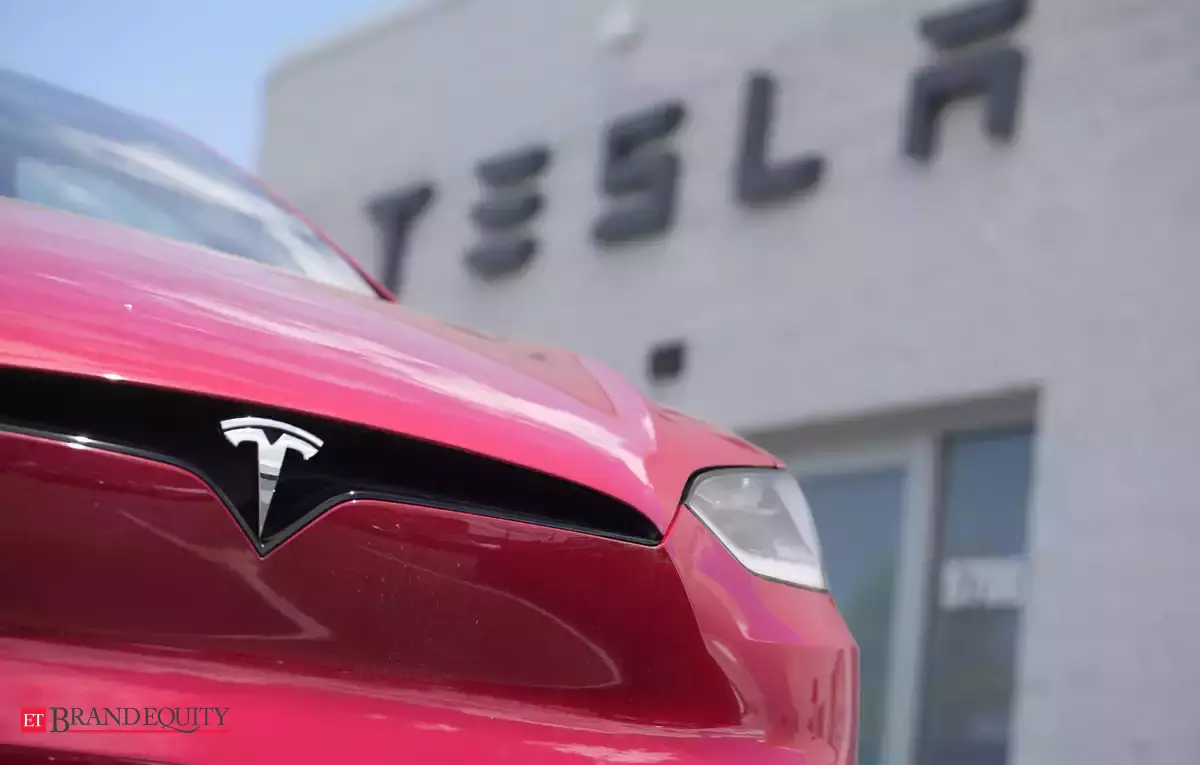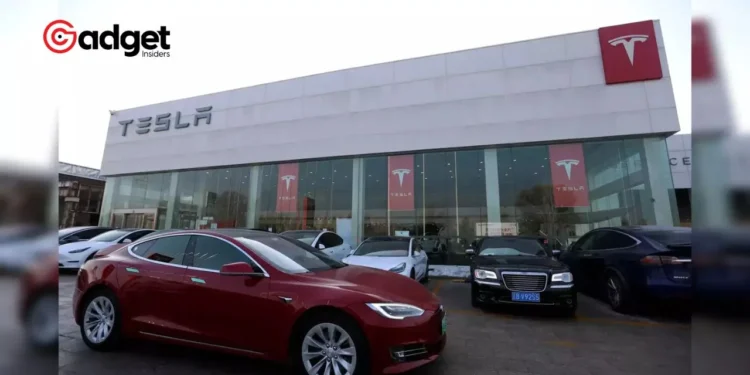Tesla’s journey through the electric vehicle (EV) landscape has hit another bump as its stock value continues to slide, shedding over $240 billion this year. This downturn is particularly pronounced against the backdrop of its strategic maneuvers in China, a market that is both vital and challenging for the EV titan.
As Tesla grapples with the delicate balance of expanding its market share while preserving profitability, the company’s trajectory offers a compelling case study of innovation, competition, and adaptation in the fast-evolving EV sector.

Tesla’s Strategic Quandary: Profitability Versus Market Share
The recent downturn in Tesla’s fortunes can be traced to a series of strategic decisions aimed at capturing market share at the expense of short-term profitability. This approach, while ambitious, has raised eyebrows among investors and industry analysts alike.
With the EV demand waning in critical markets, the company’s valuation has taken a significant hit, prompting a reevaluation of its growth strategy. The company’s forthright acknowledgment of “notably lower” vehicle-delivery growth rates compared to 2023 underscores the challenges it faces in sustaining its expansion momentum.
The profitability concern is further exacerbated by the EV giant’s narrowing profit margins, which dipped to 17.6% in the last quarter, down from 23.8% in the previous year. This decline is a crucial metric for Wall Street analysts tracking the company’s financial health and operational efficiency.
China gonna copy, Elon. You shoulda known.
Big Trouble in Elon’s China: Tesla Shares Face Turbulence Due to Communist Competitors https://t.co/7D86AmZCFr
— The Good Dissident (@GoodDissident) March 26, 2024
The China Conundrum: Tesla’s Biggest Bet Facing Stiff Competition
China represents a double-edged sword for Tesla – a market of immense potential yet fraught with fierce competition and regulatory hurdles. Despite the company’s efforts to solidify its presence in China, sales have been tepid, with volumes dropping to the lowest levels in over a year.
This slowdown is a significant concern for the company, given the strategic importance of the Chinese market in its global expansion blueprint.
Elon Musk’s acknowledgment of the competitive prowess of Chinese car companies highlights the uphill battle Tesla faces. The reported scaling back of production at its Shanghai factory, particularly for the Model Y and Model 3, signals a strategic recalibration as the giant EV maker navigates the intricate dynamics of the Chinese EV market.
A Glimmer of Hope: Strategic Adjustments and Future Catalysts
Despite the current headwinds, industry analysts see potential catalysts on the horizon that could rejuvenate the company’s prospects. The anticipated unveiling of its Next-Gen EV model and Roadster later this year could inject much-needed momentum into Tesla’s product lineup.
Additionally, the expected decline in battery costs presents an opportunity for the EV brand to improve its cost structure and enhance profitability.

Moreover, Tesla’s ambitious foray into AI with its DoJo supercomputer and full self-driving technology underscores its long-term vision. As the company seeks to stabilize its earnings within the auto business, its advancements in AI could unlock new value streams and reinforce its position as a leader in the EV and autonomous vehicle domains.
Navigating the EV Evolution with Resilience and Innovation
Tesla’s current predicament in China and the broader EV market is a testament to the challenges of sustaining growth and innovation in a rapidly evolving industry. As Tesla recalibrates its strategy in response to competitive pressures and market dynamics, its journey offers valuable insights into the resilience and adaptability required to lead in the realm of electric and autonomous vehicles.
With strategic adjustments and a focus on long-term innovation, Tesla aims to navigate through the current turbulence and emerge stronger, ready to define the next chapter in the global transition to sustainable transportation.










